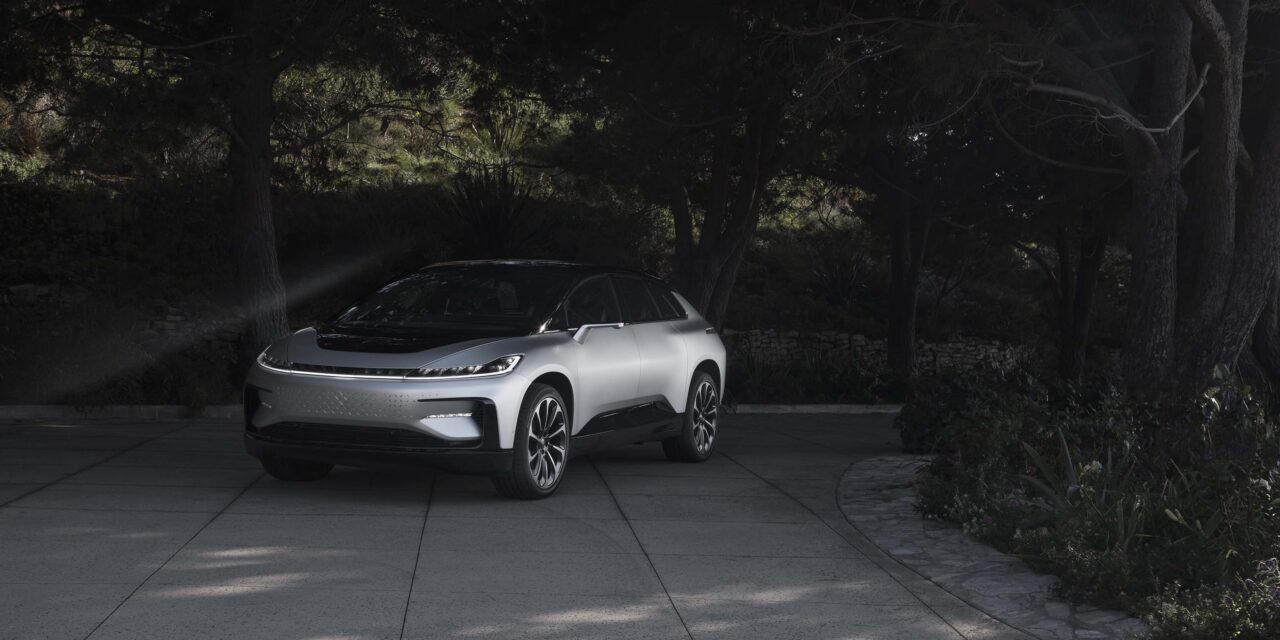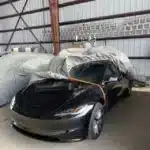Faraday Future Delays FF 91 Deliveries Due to Financing and Supply Chain Challenges
Electric vehicle (EV) startup Faraday Future Intelligent Electric FFIE announced on Thursday that the initial deliveries of its flagship FF 91 Futurist have been postponed by another two months, citing the need for “substantial additional financing”.
The Los Angeles-based firm reported having only around $30 million in cash as of Tuesday. The delivery of its sport-utility vehicle (SUV), the company’s first production model, depends on securing “sufficient” funding, timely receipt of components from suppliers, and completing the necessary crash tests.
First Vehicle Off the Production Line
Despite the setbacks, Faraday Future said that its first vehicle would come off the production line on Friday, leading to a 13% increase in its shares to $0.31. The shares had reached a peak of $1.32 in February following a funding announcement, but have since dropped 80%.
The company also stated that it is in discussions with additional potential investors to secure the necessary funding.
EV Startups Facing Challenges
Many EV startups, such as Nikola NKLA and Lordstown Motors RIDE, are grappling with supply-chain issues caused by the pandemic. They have been scrambling for funds to continue production as a weaker economic outlook dampens consumer sentiment.
Faraday Future has faced a cash crunch and a board reshuffle following a governance dispute with one of its largest shareholders, FF Top Holding. In November, the company raised doubts about its ability to continue as a “going concern”.
However, the company managed to secure enough funds in February to initiate the long-delayed production of the FF 91 Futurist last month.
Delivery Delays
Originally scheduled for late 2022, deliveries were first pushed back to the end of April. On Thursday, the company announced that certain customers who paid for the vehicle in full in May would be able to start receiving FF 91’s from the end of June.
The additional delay aims to “help mitigate any production capacity shortfalls versus anticipated market demand,” according to the company. It added that its suppliers had been unable to meet its earlier timeline.










